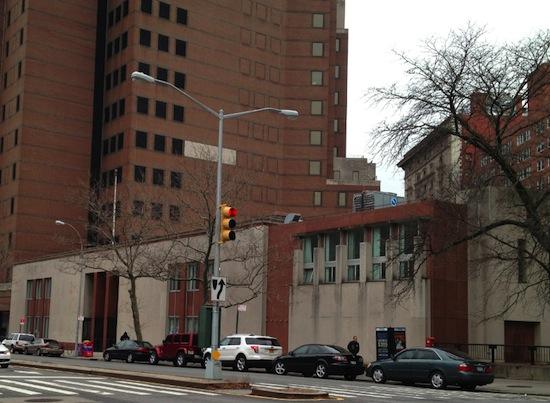OPINION: Philanthropists needed amidst library controversy

Who built New York City’s library branches? One of the first groups of libraries built in New York City, including Brooklyn, was funded by Andrew Carnegie. Carnegie, an industrialist who made most of his money in steel and railroads, funded more than 2,500 libraries throughout the country between 1883 and 1929. In Brooklyn alone, he built 21 libraries, one of which, the Carroll Gardens branch, I used to pass by weekly on my way to band practice.
Today, according to Wealth-X, a wealth-research firm, the New York metro area leads the nation in its population of people who have a net worth of $30 million or more. New York has 7,720 people worth at least $30 million. If you look at people who are “mere” millionaires, there are 667,200 in the New York-New Jersey-Pennsylvania area. It’s a good bet that quite a few of these people live in Brooklyn.
What do these two topics, wealth and libraries, have in common? Well, as the paper has reported many, many times, the Brooklyn Public Library has agreed to a deal to a deal by which the building that houses both the Brooklyn Heights Branch and the Business Branch would be sold to a developer who would put up new condos. Part of the money would go toward establishing a new library for the Heights branch, almost certainly in smaller quarters. The Business Branch would go to the main library building at Grand Army Plaza, far from the business district itself.
When, at a public meeting, someone objected to this state of affairs, again as reported in this paper, a library official mentioned that to fix the dilapidated air conditioning system alone would cost about $3.5 million.

Brooklyn Heights
View MoreRead the Brooklyn Height's Press and Cobble Hill News. Find out more about Brooklyn Height's History here.